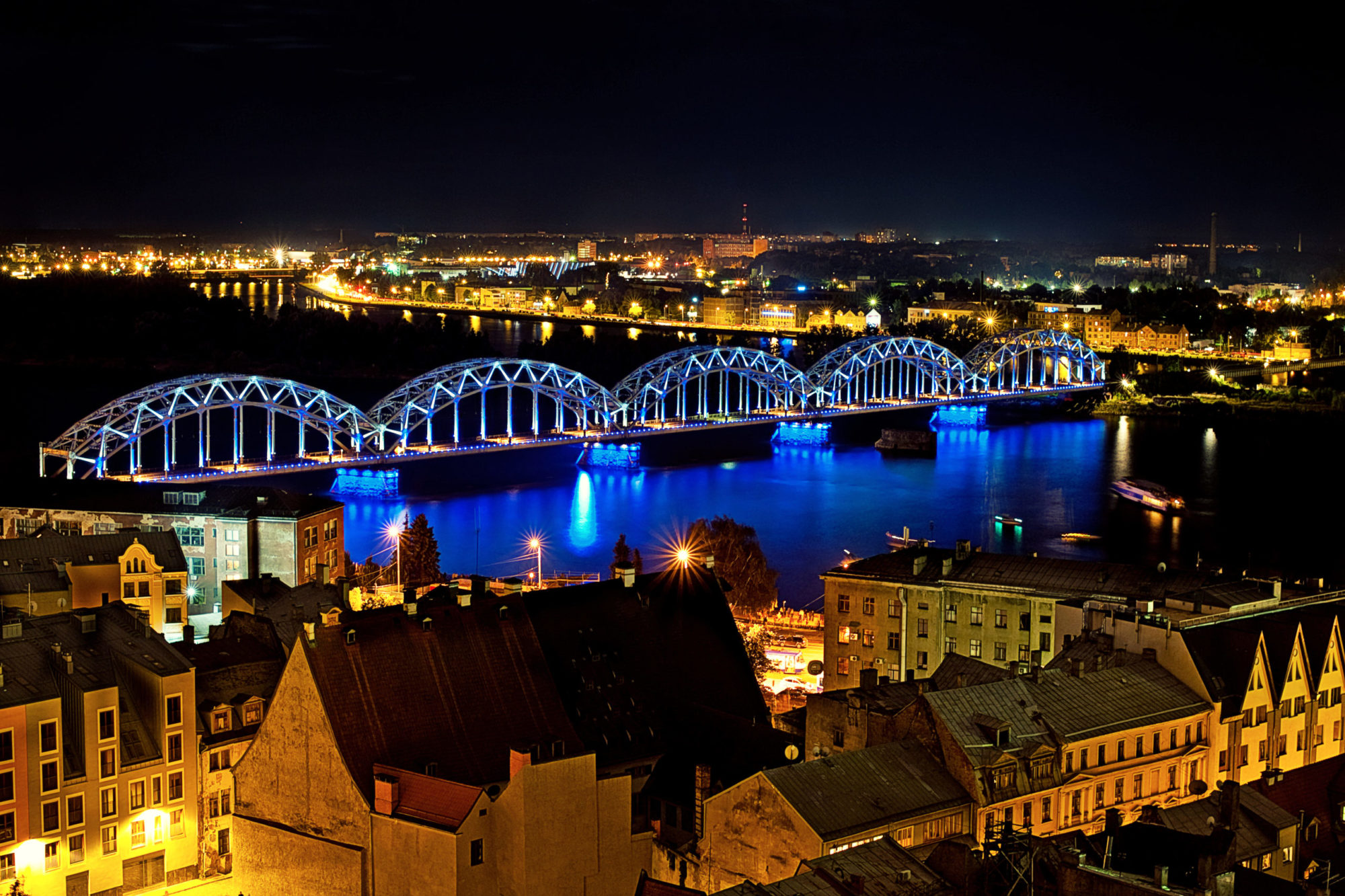In the city of Lund, in southern Sweden, a remarkable transformation towards climate neutrality has been unfolding. With a population close to 120 000 inhabitants, Lund has embarked on the ambitious mission of reducing its carbon footprint and pave the way for a sustainable future.
In 2010, Lund took a significant step by committing to become a climate-neutral and fossil fuel-free city by 2030. The city's sustainability policy outlines ambitious targets, aiming to reduce greenhouse gas emissions by at least 65 percent by 2025 and 80 percent by 2030, in comparison to 2010 when they started measuring emissions. A bold vision indeed, but Lund is determined to make it a reality. To achieve these goals, Lund has adopted critical measures in its heating system.
The city started with district heating (DH) already in the 1950s. Operated by the city’s power company, Kraftringen, district heating accounts today for 90% of the city’s heat demand. A combined biomass heat and power plant Traditionally relying on oil, natural gas, and geothermal sources for district heating, the city sought innovative solutions.
The turning point came with the establishment of a combined biomass-fired heat and power plant in 2015, which provided not only sustainable heating but also generated electricity. This smart decision allowed Lund to phase out natural gas and decrease its dependence on imported electricity. Building on the success of the first plant, Lund is now gearing up for a second combined biomass-fired power plant. This upscaled facility will not only enhance efficiency by replacing smaller plants, but also benefit local industries, like the sugar factory, by reducing their natural gas consumption. The decision to upscale was driven by both Lund’s climate commitment and the plant's profitability for the power company. While Lund made impressive strides towards climate neutrality, the journey wasn't without obstacles.
Watch the Low Temperature District Heating in Lund Tour Video.
 |
Technical challenges arose in securing enough biomass feedstock for the plant, although the city eventually managed to find it nearby. Political stability has enabled the development of this initiative, while the city's partial ownership of the power company proved instrumental in securing the necessary financing for the major investment. The initiative has already been replicated in several Swedish cities. In fact, such solutions are so advanced in the Scandinavian country that they are not even considered innovative. Low-temperature waste heat Committed to continuous innovation, Lund also embraced the COOL DH project, focusing on low-temperature district heating.
This approach, suitable for well-isolated new buildings, allows Lund to lower the temperature of the district heating, reducing energy consumption. Waste heat, which is too cold for traditional district heating, can be utilised in these systems. Inspired by their sister pilot in the Danish city of Høje-Taastrup , which utilises waste heat from data centres and shopping malls, Lund harnesses waste heat from the University of Lund's research facility. Low temperature district heating has lower investment costs than traditional district heating.
For cities that do not have DH available yet, opting for a low temperature grid can be faster and cheaper, as they can be installed with plastic pipes instead of steel pipes, allowing to skip several steps of deployment. The project started in 2019 and is currently under development. The solution is being built in the Brunnshög district of Lund, which aims to house and employ 40,000 people by 2050. Meanwhile, the city is already planning to replicate it in a nearby village of 2,000 inhabitants. The involvement of different city departments through a cross-sectoral task force has proved instrumental in the conception and implementation of the project.
Lund's remarkable journey to climate neutrality through pioneering district heating solutions serves as an inspiring example for cities worldwide. With innovative technologies, strong partnerships, and unwavering commitment, Lund has laid the foundation for a greener and more sustainable future, one where climate-positive aspirations can become reality.
Comments ()